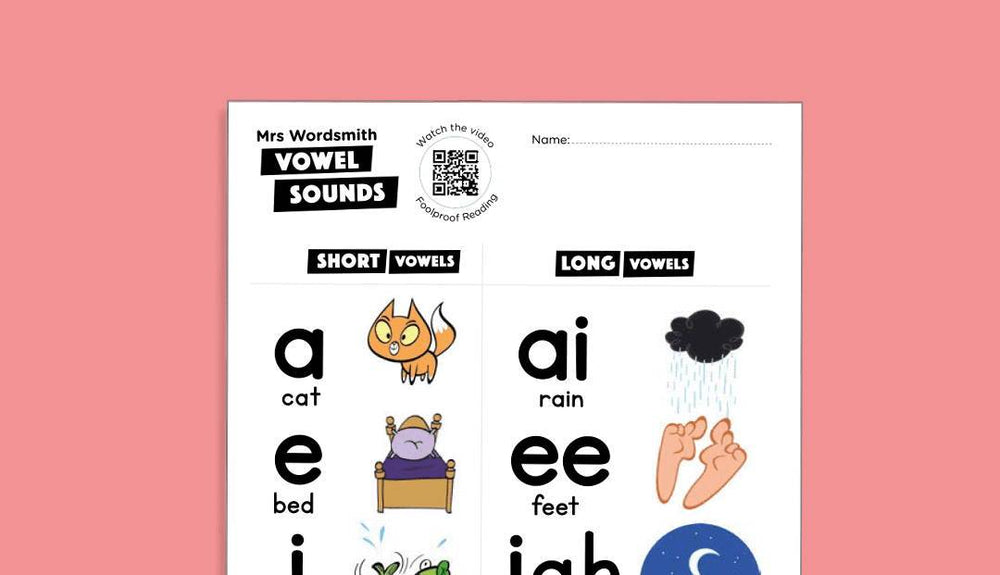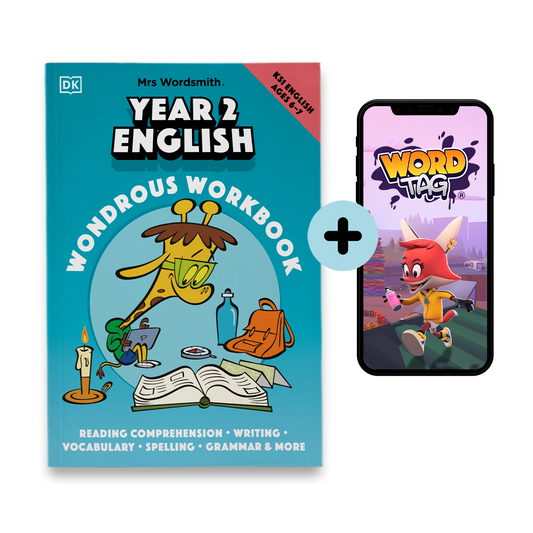OVERVIEW
A noun names a person, place, or thing. To show that there is more than one of that person, place, or thing, you can:
Add -s to most nouns.
Add -es if the noun ends in -s, -ch, -sh, -x, or -z.
Download our Plurals: -s and -es grammar worksheets below.
The activity introduces plural nouns ending with -s and -es. This activity has also been designed for handwriting practice.
Common Core Alignment:
CCSS.ELA-LITERACY.L.K.1.C Form regular plural nouns orally by adding /s/ or /es/ (e.g., dog, dogs; wish, wishes).
EXAMPLE


































 https://mrswordsmith.com
https://mrswordsmith.com
Comment
Leave a comment